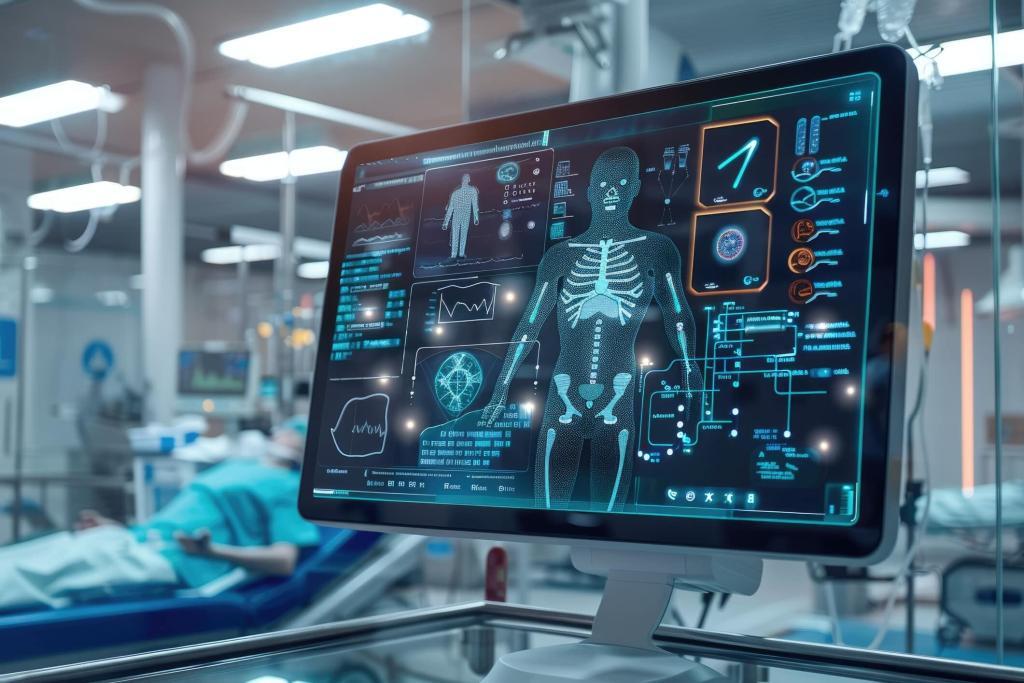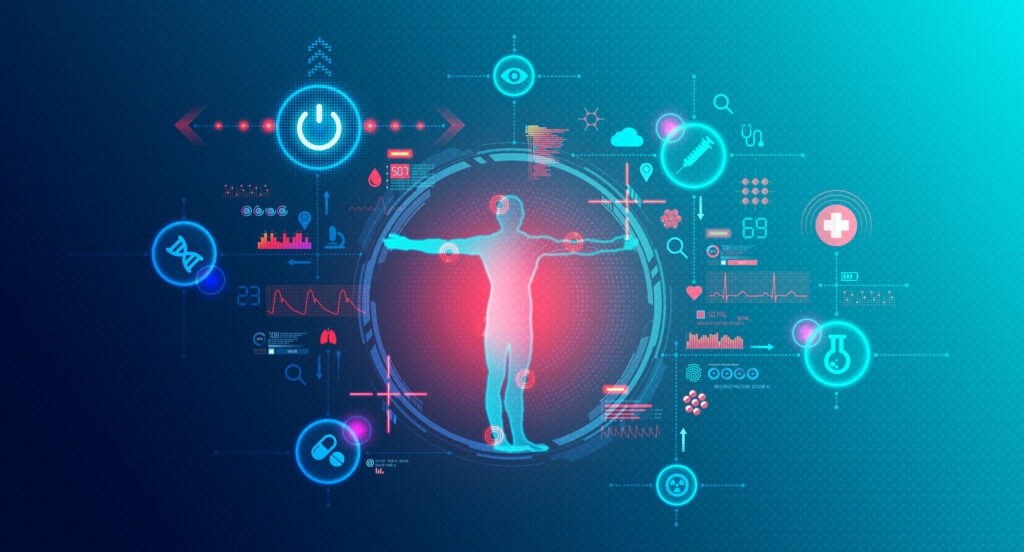Digital Radiography
Digital radiography represents a significant advancement in medical imaging, offering numerous benefits over traditional film-based methods. This technology utilises digital X-ray sensors rather than photographic film, leading to enhancements in the speed and efficiency of imaging processes. As digital images can be instantly viewed and shared, the time from patient examination to diagnosis is significantly reduced, thus improving the efficiency of medical workflows and patient care.
Considerable improvements in image quality mark the transition from conventional to digital systems. Digital radiography systems provide higher-resolution images with greater detail, aiding clinicians in making more accurate diagnoses. Furthermore, these systems have sophisticated tools that allow for image manipulation, such as zooming and contrast adjustment, without the need for repeat exposures. This flexibility is paramount in complex cases where precision is crucial.
Another significant advantage of digital radiography is its ability to reduce radiation exposure for patients. Digital X-ray systems are more sensitive to radiation and can produce high-quality images with significantly lower doses compared to traditional film radiography. This reduction is vital for patient safety, particularly for individuals requiring multiple scans, such as those undergoing treatment for chronic conditions.
Digital radiography also supports environmental sustainability by eliminating the need for chemical processing and film, which are required in traditional methods. This reduces the use of hazardous materials and decreases the physical storage space needed for archived images. Digital systems store images electronically, often in cloud-based databases, which facilitates easy access and sharing among healthcare providers. This interoperability is essential for collaborative care, where specialists from various disciplines may need to consult on a patient’s condition.
Moreover, the integration of digital radiography with other digital healthcare systems enhances continuity of care. For instance, images can be easily integrated into electronic health records (EHRs), allowing for a comprehensive view of a patient’s medical history. This integration supports more informed decision-making and personalised patient management.
In conclusion, digital radiography stands as a cornerstone of modern medical imaging. It improves the quality and efficiency of diagnostic processes and contributes to patient safety and environmental sustainability. As technology advances, the scope and capabilities of digital radiography will continue to expand, further revolutionising the field of medical imaging.
You are here:
home » Digital Radiography






